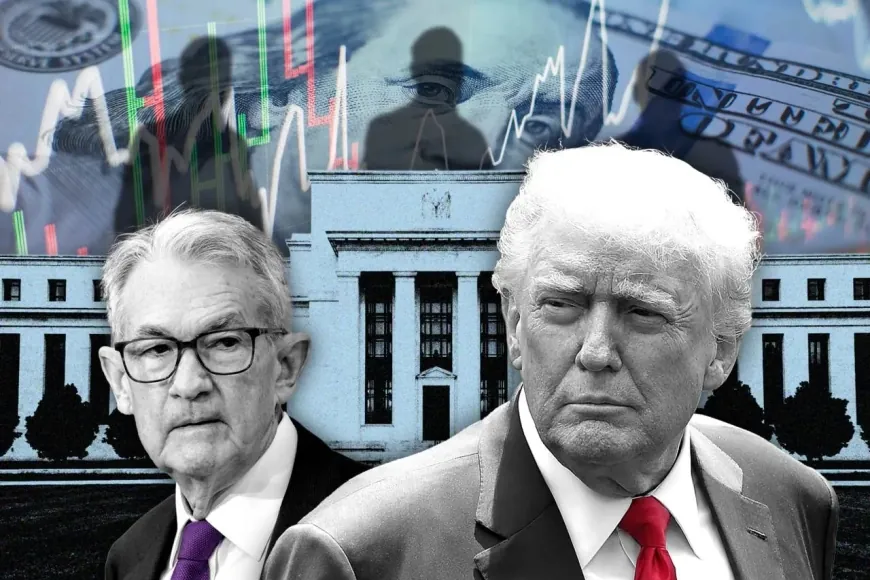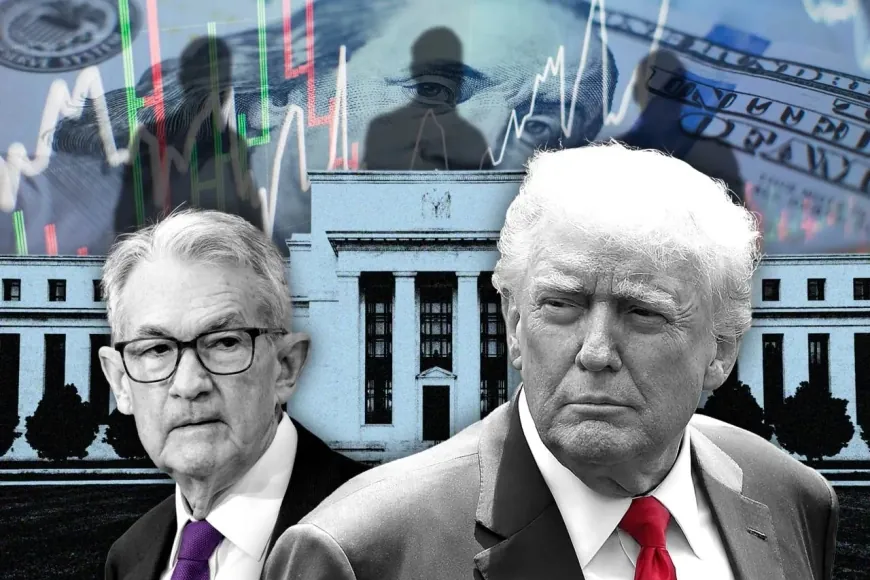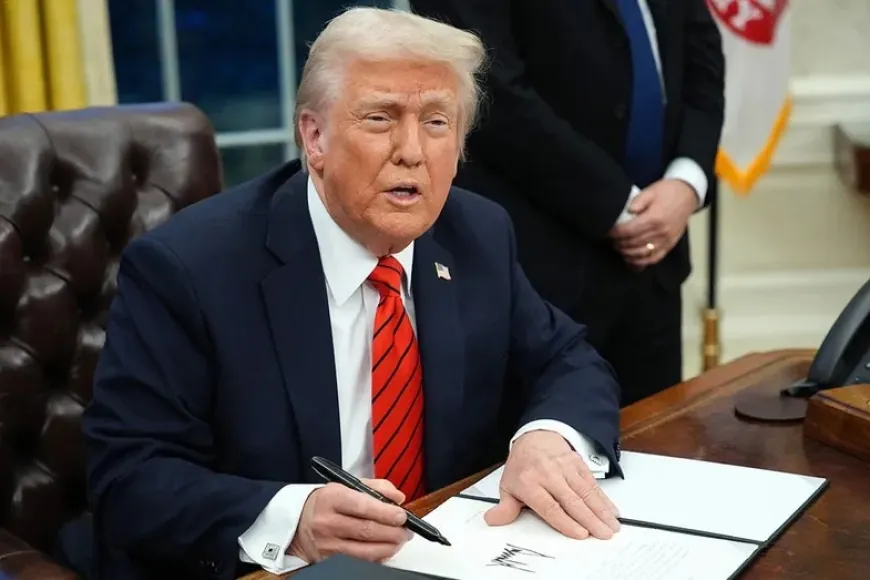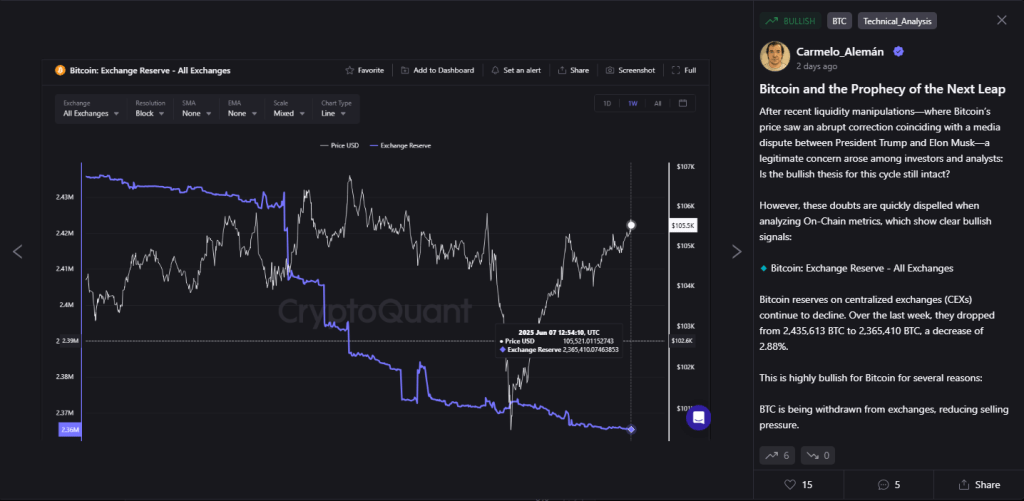
With just ten months left in Jerome Powell’s term as Federal Reserve Chair, President Donald Trump has begun narrowing down a replacement — a decision that’s becoming as much about political loyalty as monetary policy. The leading contenders, including Kevin Hassett, Scott Bessent, and Kevin Warsh, have each taken public aim at the Fed’s recent decisions, signaling a likely break from Powell’s cautious approach as the White House prepares for a new economic chapter in 2026.
According to senior officials and sources close to the process, Trump is seriously considering Kevin Hassett, the current Director of the National Economic Council, as a potential successor. Hassett, a key economic advisor during Trump’s first term and one of the architects of the 2017 tax cuts, has reportedly met with the president on multiple occasions in recent months to discuss the role. He is said to be open to accepting the appointment if offered.
Another strong contender is Scott Bessent, Trump’s current Treasury Secretary and former hedge fund executive. Bessent has openly criticized the Fed’s response to inflation, calling it overly cautious and disconnected from current market realities. In recent interviews, he accused the central bank of reacting “like an old person scared of falling after one bad stumble,” a reference to what he sees as the Fed’s overcorrection after missing early inflation warnings.
Kevin Warsh, a former Federal Reserve governor and longtime Fed critic, is also being considered. Warsh, who served during the 2008 financial crisis, has been vocal about the need for structural changes at the central bank and has questioned its independence and response speed in recent years.
A Strategic Appointment Process
Trump’s advisors have reportedly discussed a multi-step strategy that would allow the president to elevate one of his preferred candidates without rushing the public nomination process.
One option includes appointing Hassett to fill the 14-year Board of Governors seat that will be vacated by Adriana Kugler in January 2025. This would place him inside the Fed ahead of Powell’s departure, allowing a smooth internal transition to Chair when Powell’s term concludes in May 2026.
Another possibility that has surfaced in internal discussions is the idea of Scott Bessent serving simultaneously as both Treasury Secretary and Fed Chair — a move without modern precedent, but not legally prohibited. From the Fed’s founding in 1913 until 1935, the Treasury Secretary sat on the Fed Board and chaired meetings. That arrangement ended with the Banking Act of 1935, but some inside Trump’s circle see value in reviving tighter coordination between the two institutions.
Tensions Between Trump and Powell Remain
Despite still serving as Chair, Powell has become an increasingly frequent target of criticism from Trump and his allies. Trump has publicly questioned Powell’s decisions on rate hikes, his resistance to White House tariff strategies, and the Fed’s messaging on inflation and monetary tightening.
During a recent cabinet meeting, Trump pointed to Bessent after expressing his dissatisfaction with Powell’s leadership, saying bluntly, “I like you better.”
The president told reporters last week that he has narrowed the shortlist to “two or three top people,” adding that he plans to make a final decision well before Powell’s May 2026 term ends. Trump also hinted at the possibility of reshaping more than one seat at the central bank: “We get to hopefully fill two seats next year,” Bessent said during an interview, suggesting the administration expects Powell to step down from the Fed Board entirely — a post he could legally hold until January 2028.
So far, Powell has not publicly stated whether he intends to stay on as a Fed governor after leaving the Chair position. However, in recent comments, he has made clear that the Fed will remain focused on its dual mandate of price stability and maximum employment, regardless of political pressure.
White House Eyes Control Over Fed Direction
The leadership change comes at a critical time. Inflation, while cooling, remains above the Fed’s long-term target. Interest rates are at multi-decade highs. Global markets are closely watching whether Trump’s pick will signal a shift toward looser monetary policy — especially if the White House moves to align fiscal and monetary levers more tightly.
Investors, economists, and political observers agree that the decision will not only reshape the Federal Reserve but could also have significant implications for global capital flows, interest rate expectations, and the U.S. dollar’s long-term stability.
With names like Hassett, Bessent, and Warsh circulating — each with distinct policy views — the next Fed Chair may set a very different tone in 2026 and beyond.
Also Read: Trump May Replace Fed Chair Jerome Powell: Kevin Warsh and Waller Top List
|
Follow iShook on Social Media for More Tips and Updates! |




